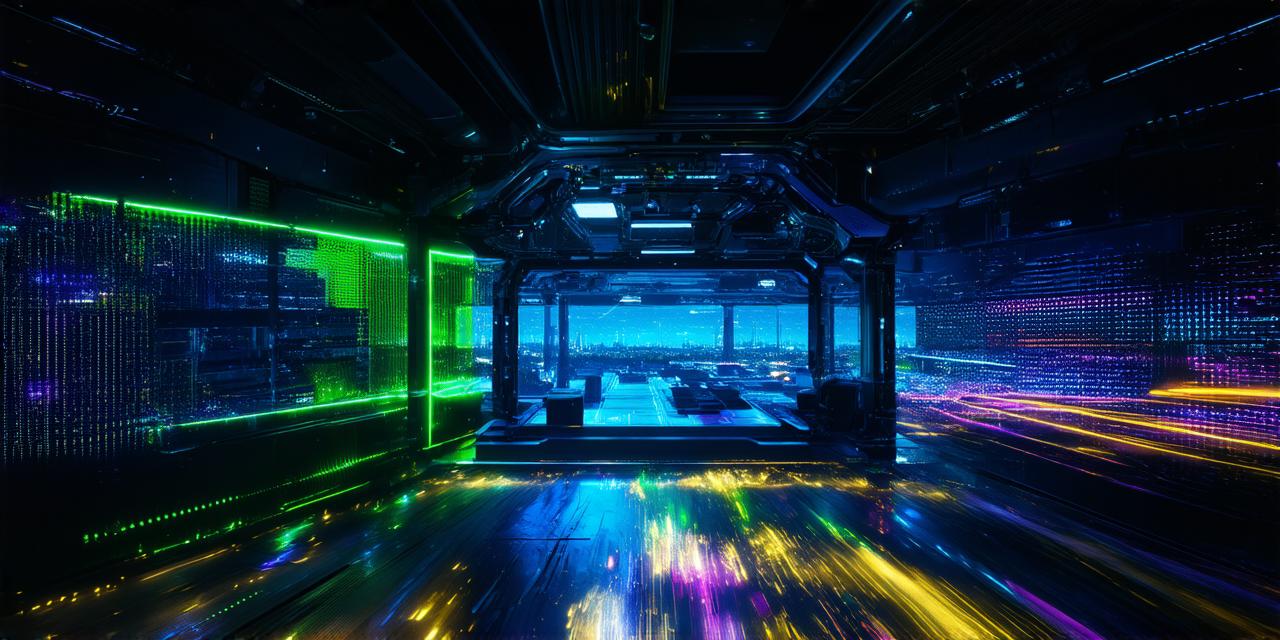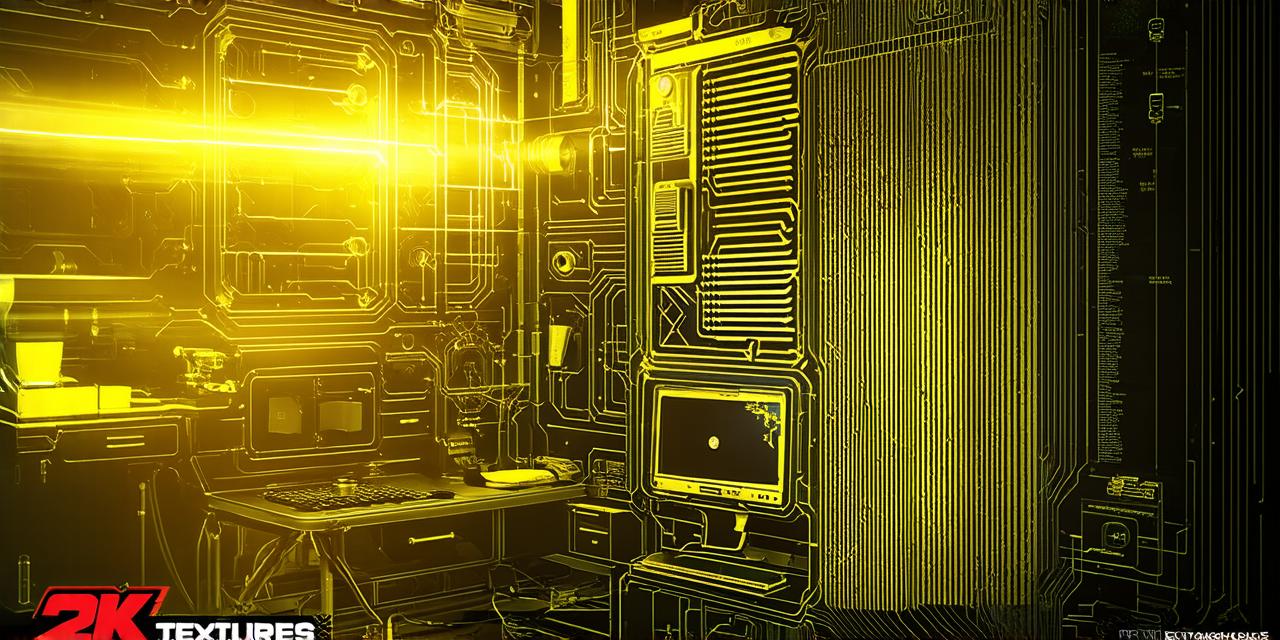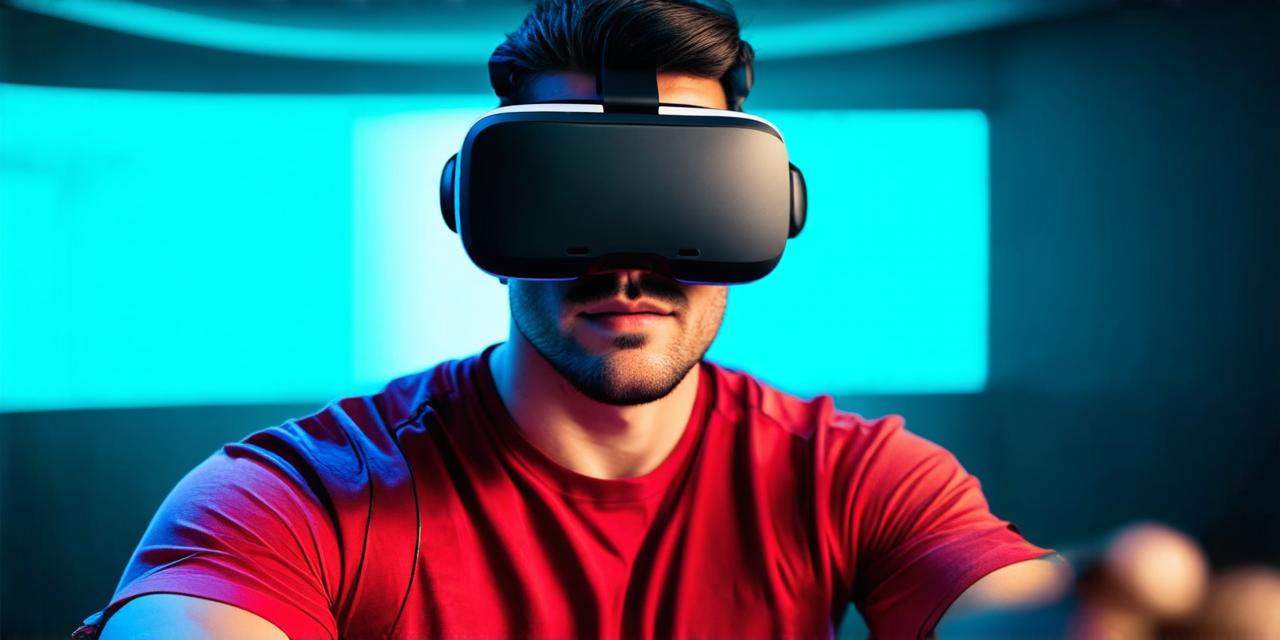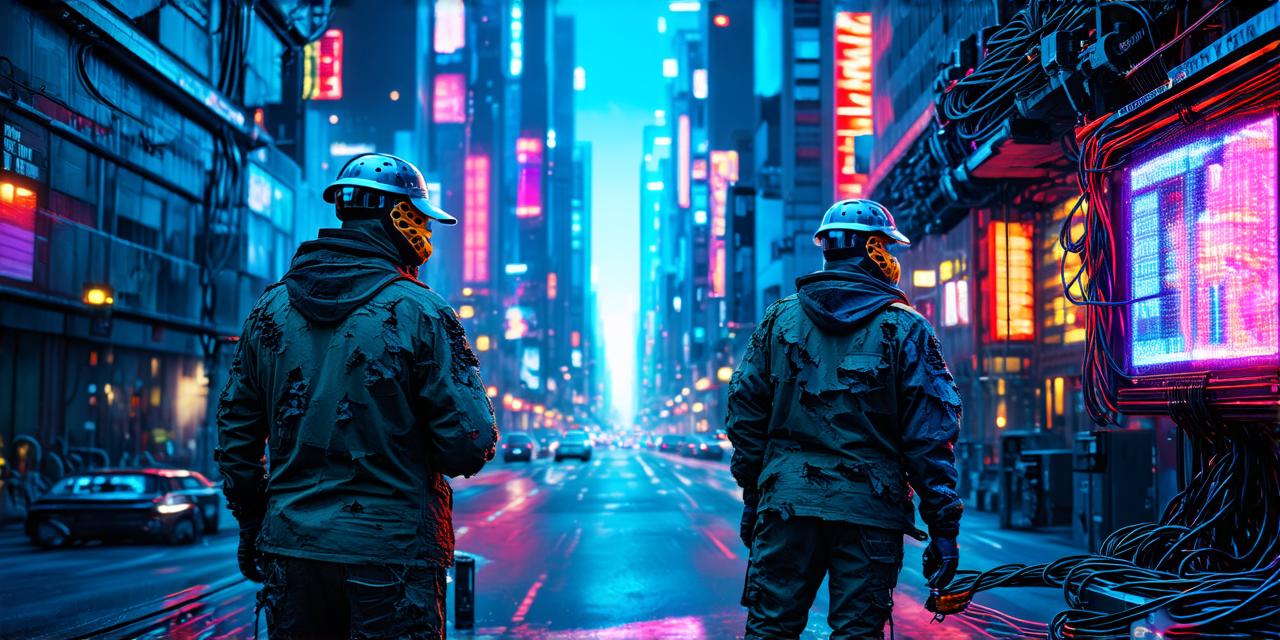Welcome to the fascinating world of virtual reality (VR) development! In this article, we will guide you through the process of creating an immersive VR setting that transports users into a captivating digital environment.
Understanding the Basics
1. Defining Your Vision
The first step in developing a VR setting is to clearly define your vision. This includes deciding on the genre, atmosphere, and story you want to convey within the virtual world.
2. Researching and Gathering Inspiration
Research existing VR experiences, movies, games, and real-world locations that align with your vision. Collecting inspiration will help you create a unique and engaging setting for users.
3. Planning Your World
Create a detailed plan of your virtual world, including its layout, key landmarks, and any interactive elements. This blueprint will serve as the foundation for your VR experience.
Creating the Virtual Environment
1. Choosing the Right Tools
Select a suitable VR development platform such as Unity or Unreal Engine, which offer powerful tools for creating immersive virtual environments.
2. Building the Scene
Using your blueprint, start building the scene within your chosen development platform. Pay close attention to details like lighting, textures, and sound effects to create a believable and engaging environment.
3. Implementing Interactivity
Add interactive elements to your virtual world, such as objects users can pick up or buttons they can press. This will make the experience more immersive and engaging for the user.
Optimizing Performance
1. Optimizing Graphics
To ensure smooth performance in VR, optimize your graphics by reducing polygon counts, using efficient textures, and minimizing draw calls.
2. Managing Resources
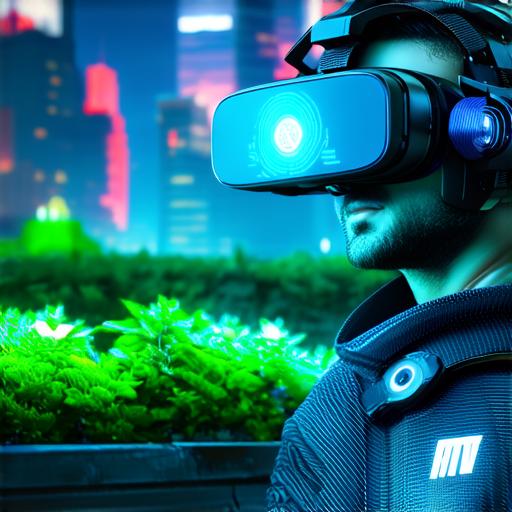
Manage resources effectively to avoid performance issues. This includes optimizing scripts, reducing memory usage, and ensuring efficient use of the GPU and CPU.
Testing and Iterating
1. Testing in VR
Test your virtual environment in VR as early and often as possible to identify any issues or areas for improvement.
2. Iterating on Your Design
Based on feedback and testing, iterate on your design to refine the user experience and ensure it meets your vision.
Conclusion
Developing a virtual reality setting is an exciting journey that requires careful planning, attention to detail, and a commitment to creating an immersive and engaging experience for users.
